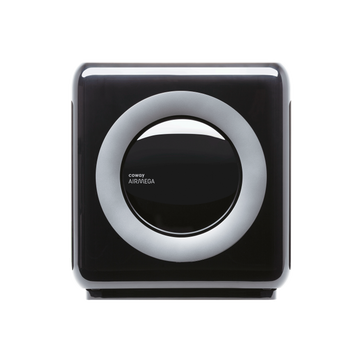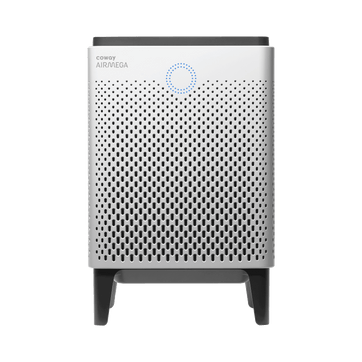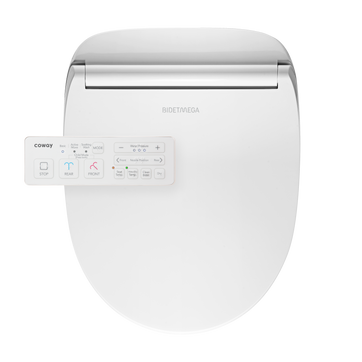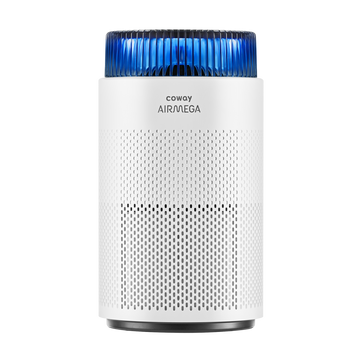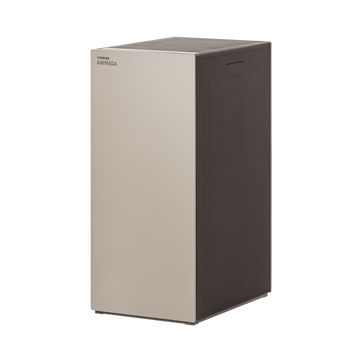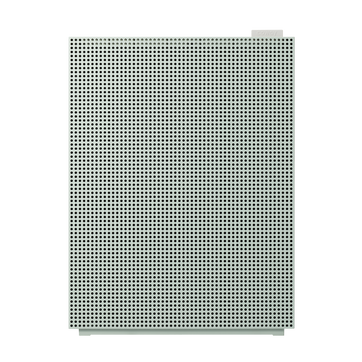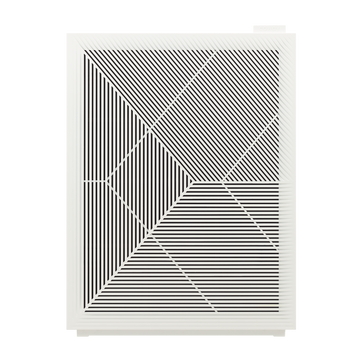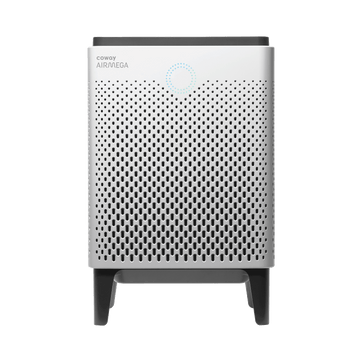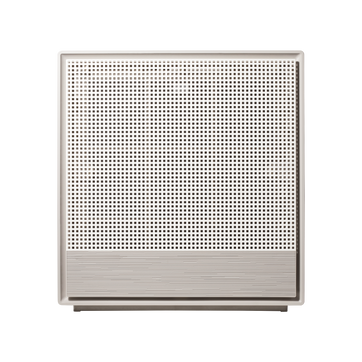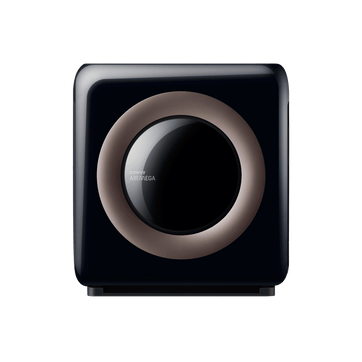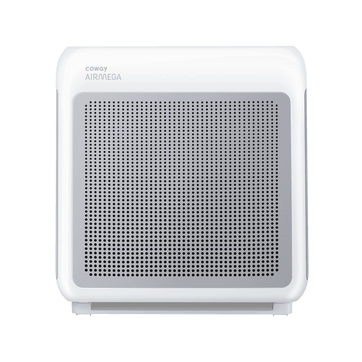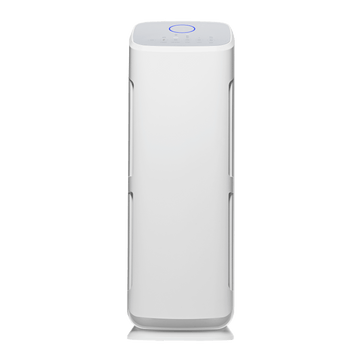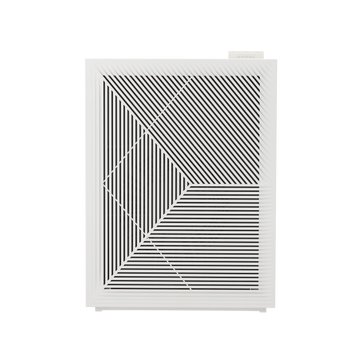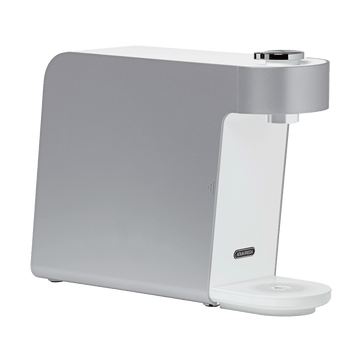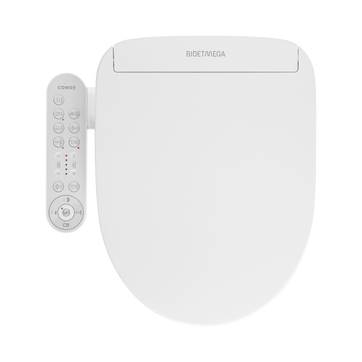
Is your Valentine's dinner harmful to your health?
Planning to mark Valentine’s Day with a romantic dinner at home? While you’re sure to set the perfect tone with the right mood music, soft lighting and bottle of bubbly, just be careful of too much sizzle.
That’s because recent research from a team of Texas Tech and Utah State University scientists shows that, under certain circumstances, frying food in a very hot, open pan can create potentially harmful oil droplets, which are spread into the air, contributing to indoor air pollution.
How come? The problem stems from frying food that contains water, which then interacts with hot oil. The combination creates a chain reaction causing tiny, potentially unhealthy particles to be thrown into the air. Specifically, if the oil is hot enough (over 150 degrees centigrade), any water that’s present vaporizes and creates microscopic oil droplets—particles that are small enough to be suspended in the atmosphere. They can then be inhaled by anyone nearby. The concern is greater in poorly-ventilated kitchens.
Interestingly, it takes little water for the phenomenon to occur. Researchers have found that a significant number of such droplets are released when even a tiny amount of water comes into contact with hot oil, while frying foods that contain a lot of water, such as chicken and vegetables, can accelerate the reaction. One potential area of concern: Chinese stir fried food, in which liquid is added to a searing-hot wok.
More investigation needs to be done to pinpoint the extent of the potential damage, say researchers, and scientists plan to uncover the extent to which this phenomenon can increase indoor air pollution, and whether better, or different types, of ventilation systems can help. Something that may help is a smart air purifier with a HEPA filter, which can filter microscopic particles, such as the ones caused by frying food, from the air.
Disclaimers
1Coway air purifiers have been proven to trap dust, pollen, dander, viruses and bacteria in the air based on KCL (Korea Conformity Laboratories) testing.They have been tested in a 30㎥ size chamber according to the Korea Air Cleaning Association standard (SPS-KACA 002-132:2022 Modified) to measure the 0.01㎛ size of particle removal rate. It was tested on maximum airflow speed in normal room temperature and humidity conditions. The performance may vary in the actual living environment of customers.
→ Tested with Airmega Aim, 100, 150, 160, AP-1216L, AP-1512HH, AP-1512HHS, 200M, Icon, IconS, 230, 240, 250, 250 Art, 250S, 300, 300S, 400, 400S, ProX
299.97% of viruses, bacteria, fungi and pollen were verified to be removed from the air for Coway air purifiers which have Green True HEPA™ filter applied based on the Japan Food Research Laboratories(JFRL) testing according to JEM 1467 standard.
→ Tested with Coway Airmega AP-1512HH, AP-1512HHS, 250, 250 Art, 250S, 300, 300S, 400, 400S
→ All tested by JFRL and received above result within below time.
All tested by JFRL and received above result within below time.
- Virus: Tested with Escherichia coli phage ΦX174 NBRC 103405, 60 minutes
- Bacteria: Tested with Staphylococcus epidermidis NBRC 12993, 60 minutes
- Fungi/Mold: Tested with Penicillium citrinum NBRC 6352, 60 minutes
- Pollen: Tested with Cedar Pollen extract, 60 minutes
3Aerosol test conducted in a Biosafety level 3 laboratory with two Coway air purifier models, Coway Airmega 250 and 400 for removal of SARS-CoV-2 Aerosol by US based MRI Global, a not-for-profit laboratory and partner of US Department of Defense. The test was conducted in a 13.1ft3 chamber. Virus was aerosolized for 15 minutes and the product was turned on high for 2 minutes. Result showed each product effectively removed over 99.98% of the SARS-CoV-2 in 2 minutes. This is a result from a laboratory experiment condition and result may vary in different conditions. This result does not imply it kills SARS-CoV-2 or prevents the transmission of Covid-19. Coway Airmega 250S and 400S are identical to the tested models and has equal performance with an additional mobile connectivity function.
4The concentration of ammonia, acetaldehyde and acetic acid were proven to be removed within 30 minutes by FCG Research Institute, Inc. Human Life Science Lab. It is not a demonstration result in the actual use space. Not all odors and gases may be supported. → Tested with Coway Airmega 150, 160, AP-1512HH, AP-1512HHS, 400, 400S
5The coverage area of the air purifier is based on an area where the air cleaner can make two air changes per hour (ACPH). An air change per hour translates to how many times an air purifier can clean an area, assuming the height of a ceiling to be 8 ft, in one hour. Therefore ** means two air changes per hour means that the cleaner can clean the area once every 30 minutes and * means air changes per hour means that the air purifier can clean the area once every 60 minutes.
10Terms and conditions apply. Discounts, including promotions, coupons, bundle discount and subscription discount, cannot be stacked on top of other coupons. During promotional periods, discount codes will not be able to be applied to orders. Promo codes may apply to products only—filters, accessories, and new products within 3 months of the release date are not included.
